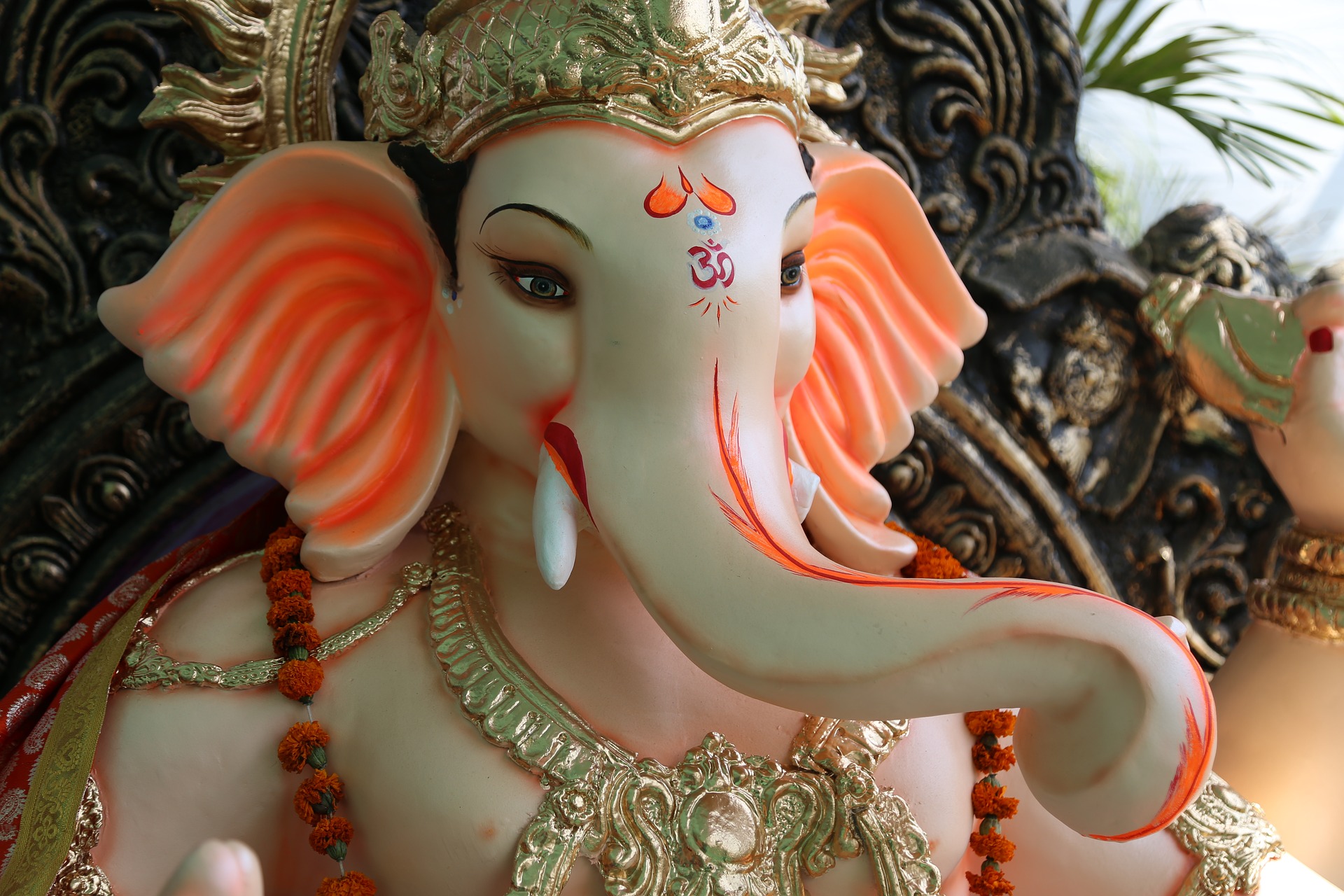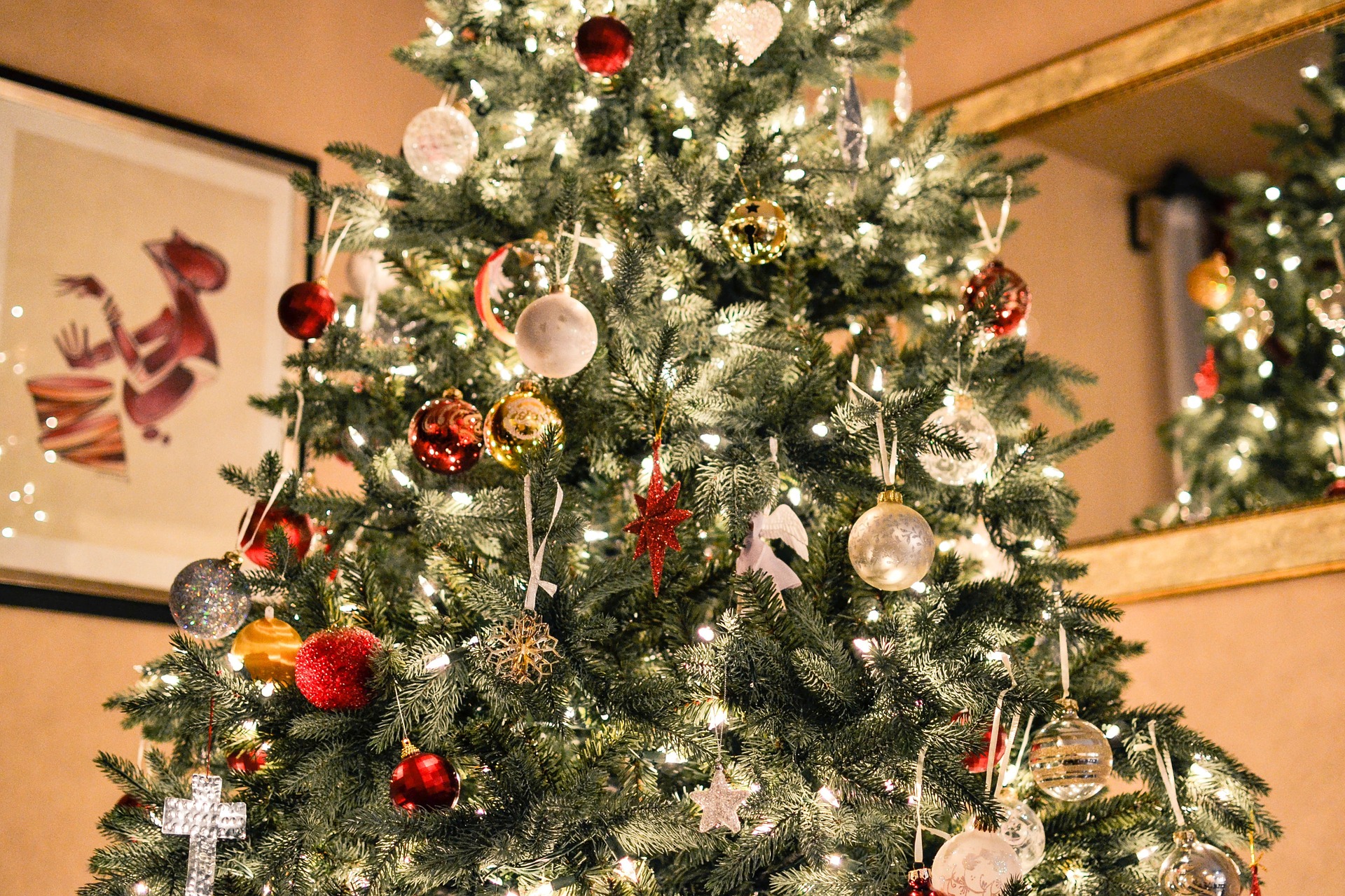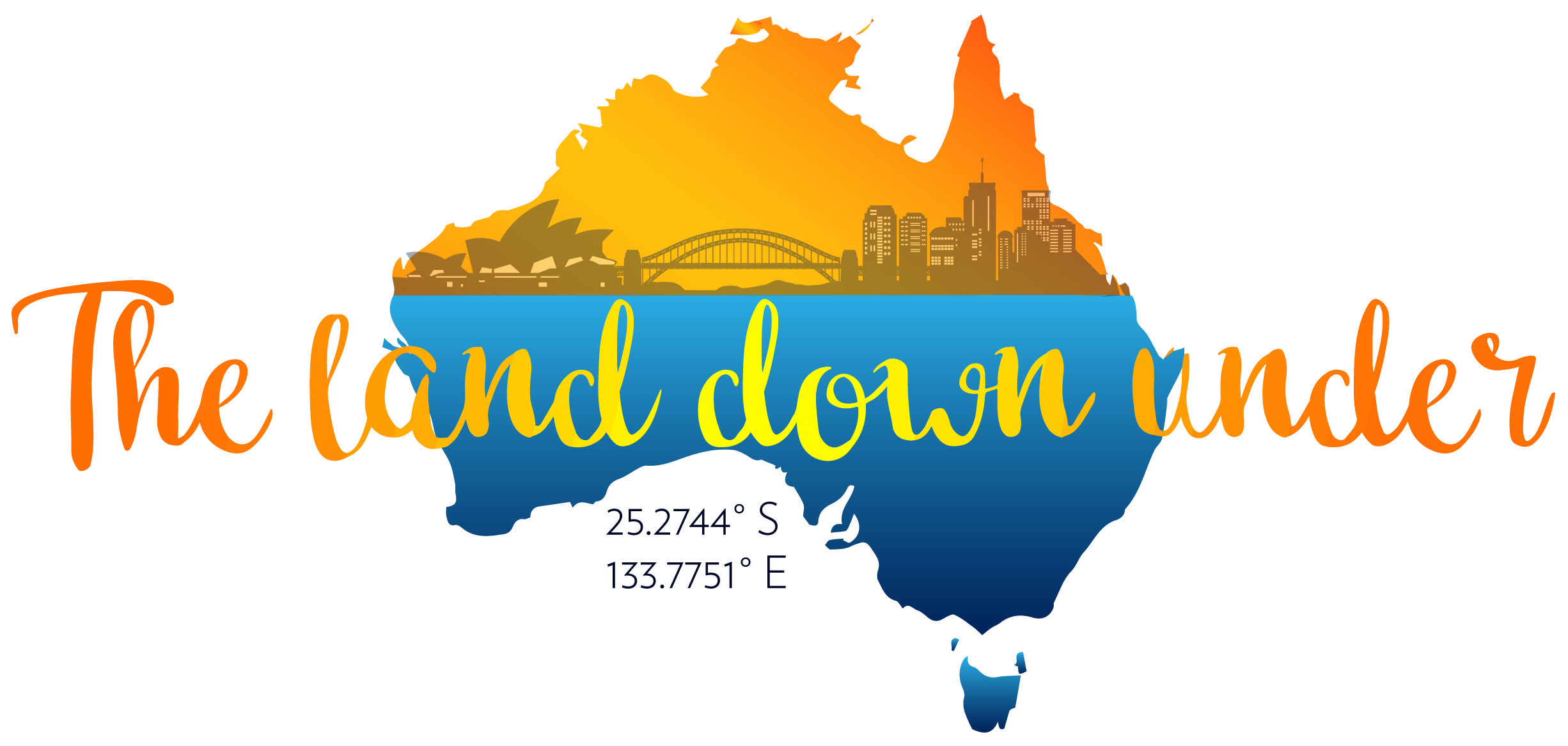Weather & When To Go
Given India’s vast geographic scale and varied topography, making generalisations about the weather for the whole country is difficult. However, The India Meteorological Department (IMD) designates four climatological seasons: Winter, Summer or pre-monsoon, Monsoon or rainy, and Post-monsoon or autumn.
To make it easier for travellers planning to visit India, we have provided information based on travel seasons rather than climatological seasons.
High Season (Dec–Mar)
During the high season, which lasts from December to March, you will generally encounter pleasant weather. The days are warm and the nights are cooler. December and January do have chilly nights in the north but temperatures climb steadily from February. Temperatures average around 10–15 °C (50–59 °F) in the northwest and around 20–25 °C (68–77 °F) in mainland India as well as the southeast. During this time the number of tourists and prices are at their peak.
Shoulder Season (Jul–Nov)
During this time, Monsoon rain-showers persist through to September. The southeast coast and southern Kerala see heavy rain from October to early December.
In the north, passes to Ladakh and the high Himalaya are open from July to September.
Low Season (Apr–Jun)
April is hot; May and June are scorching. From June, the monsoon sweeps from south to north, bringing draining humidity. It is best to beat the heat (but not the crowds) by travelling to the cool hill-stations. Temperatures average around 32–40 °C (90–104 °F) in most of the interior.
Top Events & Festivals
Top Tips For Traveling To India
- India is vast on a geographic scale and varied topography thus make sure you plan your trip in advance and don’t try to cram too much in.
- India works differntly from western countries and thus it is important to take it slow here and factor in time to go off on tangents.
- Alternate cities and laid-back small towns, beaches or countryside to give yourself a chance to rejuvenate.
- Book long-distance journeys ahead, especially during festival times as tickets are not readily available.
- Avoid touts in touristy places or entry points. Some people may try ‘helpfully’ to direct you to local agents who’ll pay them commission.
- Dress to respect local culture. Many religious sites expect men & women to be dressed appropriately and shorts or sleeveless tops are considered offensive. Some religious sites expect heads to be covered by kerchiefs or cloth.
- Bargaining is a part of life in markets and many shops, but keep a sense of proportion.
- Take care of personal hygiene; use hand sanitiser, eat freshly cooked food, don’t drink tap water.
In larger cities, internet connectivity is widely available so if you have a smartphone, download all required maps as these can be helpful for navigation if you get stuck at a location with no network.






 Although local transport in India is frequent and inexpensive, it is prone to overcrowding and delays. Domestic flights, long-distance buses and trains connect most of the country quite well and are available at all times of day and night, though working out the time you will actually arrive at your destination after all the delays, traffic jams and mechancial faults can be a challenge. Urban transport is cheap and frequent, and although you’ll never struggle to find a taxi, rickshaw or autorickshaw, haggling for the final price may be a bit more than you bargained for.
Although local transport in India is frequent and inexpensive, it is prone to overcrowding and delays. Domestic flights, long-distance buses and trains connect most of the country quite well and are available at all times of day and night, though working out the time you will actually arrive at your destination after all the delays, traffic jams and mechancial faults can be a challenge. Urban transport is cheap and frequent, and although you’ll never struggle to find a taxi, rickshaw or autorickshaw, haggling for the final price may be a bit more than you bargained for.

